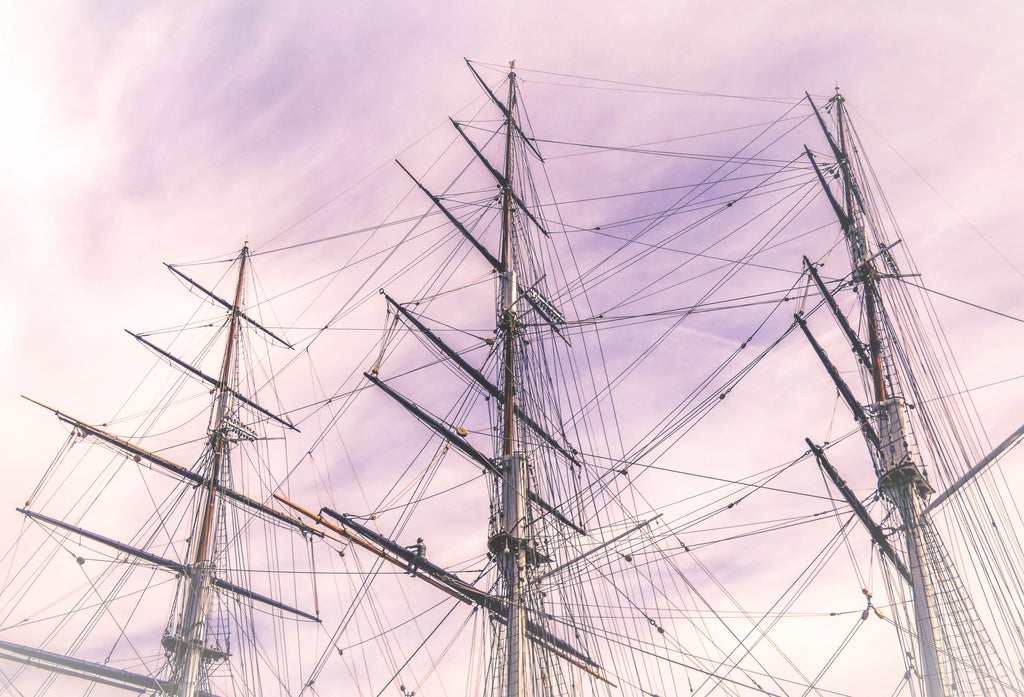Navy Strength - Black Tot Day
Posted by BERNADETTE PAMPLIN

Rum is a fundamental part of naval heritage. The rum ration, or tot, began as a daily ration for sailors in the mid 1700s, although some sources suggest the practice of issuing spirits to seaman began as far back as 1655. This practice lasted for more than two centuries, coming to an end on July 31st, 1970 and the day we celebrate Tot Day. During the history of the tot the Royal Navy became one of the most powerful armada, or seafaring forces in the world.
There were two main reasons for issuing rum to sailors. Firstly, it was very hard to keep fresh water fresh whilst out at sea and it would go bad very quickly. Alcohol prevents this. On a side note, sailors also drank beer but at a lower abv this could also go bad after so long. This was one reason that India Pale Ale was invented, as a higher abv beer was needed to travel the longer distance to India. Why else was rum issued to sailors? To keep them on board. Life at sea could be rough, and what better to forget a day's hard toil than getting drunk?
Back in those early days in the 18th Century, each sailor was allotted half a pint of around 150 proof, which is a whopping 75% abv, every day. That was eventually reduced to ⅛ of a pint in 1850 and then in 1866 the strength was reduced to around 57%, what is today known as ‘Navy Strength’.

Where did the rum come from? Lots of places, mostly British colonies like Trinidad and British Guyana, Barbados, Cuba and Martinique, sometimes even Australia. The only rum that wasn’t used was Jamaican rum before of it’s character which was quite strong and funky as it contained more esters than other rums due to how it was (and still is) produced.
So, several rums were blended, with a formalised Royal Navy blend appearing as far back as the early 1800s. This was one of the first times that rum was blended, a technique that later grew to be a regular process in the rum industry. The rum was blended in large open vats in victualing yards in England. The vats were connected and the rum was circulated for up to two years with water being added. The vats work a little like an infinity bottle, in as much as they were never fully emptied, just topped up, meaning that there was always some of that original rum working with the new stuff.

The rum tot had a good inning, but times change and with it ships and technology, it became increasingly dangerous to have drunk sailors operating the equipment and a decision was made to end the tot in 1970. The idea of it being ‘Black Tot’ came because the sailors saw it as a funeral of sorts. As you can imagine, when that lost tot was issued, there was what was essentially mourning, it was the end of a practice that had become and important tradition. When that happened there was rum left in government warehouses. Today, if you can find an authentic sample of original Royal Navy Rum, it’s prized, for the obvious reason of its historical value and also because it’s really very tasty, and producing that style has been lost to history.
If this has whet your whistle and you’re curious to find out a little more about rum and the Navy, check out The Curious Bartenders Guide To Rum, by Tristan Stephenson, available on our site here. Discover why rum is fast becoming the hottest spirit in the world right now with this essential companion from bestselling author and master mixologist Tristan Stephenson.

The Curious Bartender’s Guide to Rum explores rum’s remarkable history from its humble origins to its status as life-blood of the Royal Navy and its love affair with Cuba. Discover its darker past, with tales of devils, pirates and its reputation as the revolutionary spirit.
Now this fabled drink is in the midst of another revolution, transforming from uninspiring grog to premium product. Barrel-aged dark varieties are leading the charge and poised to attract existing Bourbon fans while the cocktail Renaissance that began in the early 2000s has recently expanded to include tiki and non-tiki rum cocktails.
In this entertaining primer, you’ll learn how rum is made, from the science of sugarcane and molasses to distillation and unique ageing techniques. Next, Tristan’s unrivalled mixology skills will help you master jazzed-up versions of the Mai Tai and Mojito, perfect a Planter’s Punch and keep you on-trend with Brazil’s famous Caipirinha and Batida cocktails, made with rum’s sister spirit, cachaça. Let the rum revolution begin!
